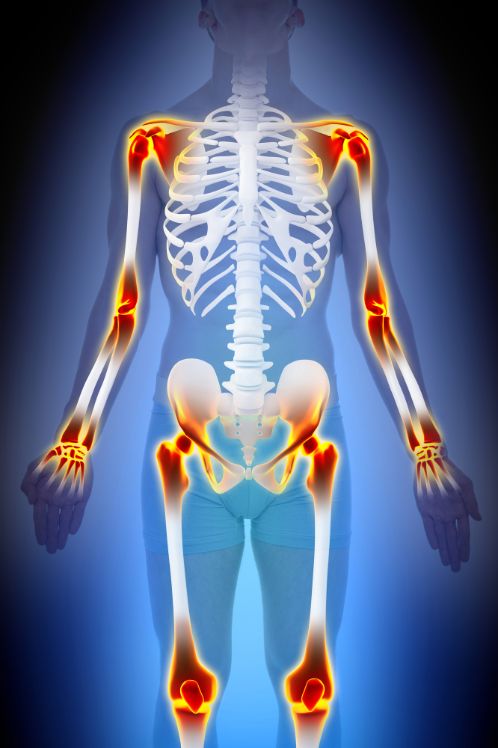If you have a swollen, red, painful bone, or if pus is in the area over your bone, your doctor may suspect a bone infection. Bone infections (osteomyelitis) are caused by bacteria or fungi that invade the bone. They can cause damage to the bone if they aren’t treated right away.
Symptoms of osteomyelitis vary from person to person and can be difficult to diagnose because they often appear gradually. In adults, the spinal vertebrae are the most common area to develop osteomyelitis. People who have a condition that reduces the amount of blood that reaches their joints or those who have had a surgery that causes a decrease in circulation to their joints are also more likely to get osteomyelitis.
Osteomyelitis can be a chronic infection that doesn’t respond to treatment, or it can be acute (short-lived). In either case, the condition involves dead areas of bone.
The signs and symptoms of a bone infection may look like other health problems, but it’s important to see your doctor as soon as you have any pain or swelling in a joint. Your doctor can use tests to find out the exact type of bacteria causing your problem.
Tests for a bone infection include a physical exam, X-rays, and lab tests. X-rays show the shape of your bone and help the doctor know where it’s inflamed. They can also give the doctor a better idea of how long your infection has been going on.

Your doctor will also take a sample of the infected tissue to determine what kind of germs are causing your problem. This is called a biopsy. The samples are examined under a microscope in the laboratory to determine what type of bacteria is causing the infection.
A bacterial or fungal infection is the most common cause of bone infections. These organisms enter the body through a wound, such as a cut on the skin, and spread to the bones through the bloodstream.
If your GP suspects you have a bacterial or fungal infection, they will likely recommend a course of antibiotics. Antibiotics usually work quickly to kill the bacteria and may be given by mouth or intravenously. They are typically given for 4 to 6 weeks.
During your treatment, your doctor will monitor your condition carefully to make sure the infection is not worse. They may also suggest a bone scan to get more detailed information about the affected bone and what’s going on inside it.
The results of the tests will help your doctor figure out which antibiotic is best for you and whether you need any special treatment, such as a sedative to prevent drowsiness or a heating pad to ease your pain. You might need to stay in hospital if the infection is severe or you have to take antibiotics directly into your vein (intravenously).
In some cases, the bacteria that cause a bone infection can become resistant to many antibiotics. These infections can be very serious and require long-term treatment. Your doctor might suggest a combination of antibiotics or other treatments, such as hyperbaric oxygen therapy to improve the penetration of the drugs.









